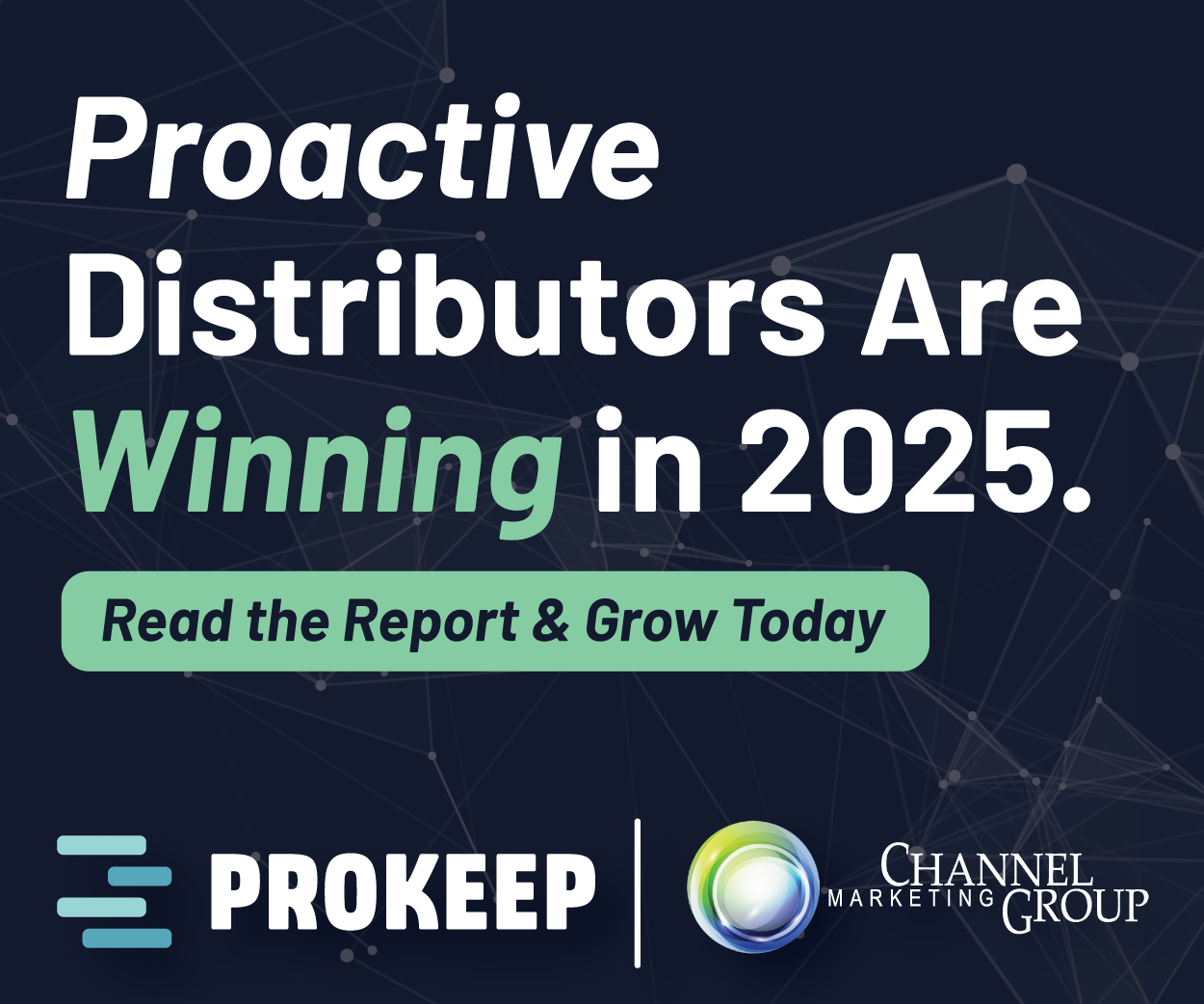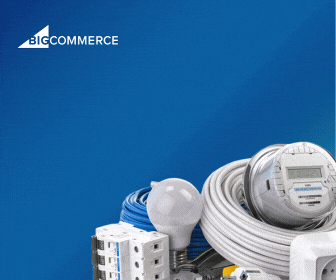Amazon Supply and Google Shopping for Suppliers Programs …
Posted On September 3, 2013
6
0 Over the past couple of weeks I’ve had a number of conversations with manufacturers and distributors about “e” and inevitably the conversation comes around to Amazon Supply (AS) and Google’s Shopping for Suppliers (GSS) program.
But first, a couple of things …
- In talking with these companies, the term eCommerce is frequently used when referencing the future technological impact of “e” on the business. Most, if not all, feel that “e” will, or should, eventually bring increased efficiency to “the business”. However, this does not mean it will make the entire industry more efficient as the benefits will accrue on a distributor to manufacturer basis … those who jointly want to benefit from those interactions. This efficiency is more focused on the supply chain component, however, everyone is wondering:
what will the customer do / want?
- Will they buy more online? From whom?
- Will they want more training online?
- Do they want to be self-serve for product information?
- Would they be open to system diagnostic (support) via the web?
- What online / mobile tools will be wanted?
- Where should I digitally market?
- and more
And while everyone feels they know something, they also know they need to act on something today because if they don’t, they know their competition will.
And e is no longer solely for those with significant resources. The cost of entry has declined significantly. The key is vision and a willingness to have some longer-term commitment to a nascent market.
- The advent of AS and GSS into the marketplace may change the industry much more than as buying sources. They could change the definition of line authorization by geographic territory
Some thoughts
While the electrical distribution industry has grown over the years, it essentially is a mature market. Back before big boxes, a decent amount of electrical materials were sold at hardware stores and similar entities, primarily to the DIY / remodeler market and perhaps to some contractors. The professional business (contractor, industrials, institutional, commercial MRO) were really the domain of electrical distributors.
And then the big boxes came along. Manufacturer participated as it primarily represented the location where residential customers (DIY again) were going to go to buy their materials. Distributors weren’t pleased but then realized, “maybe I don’t really want to serve the DIY customer”. They got more upset when contractors, especially smaller ones, started patronizing these companies, but have acquiesced and, in some instances, successfully compete for these customers.
In these two instances, suppliers were following customers as they migrate to different outlets. They were serving a segment of the market that really is not the core electrical distributors’ customer. Essentially it was an underserved market (was, not necessarily is today.)
So now comes online purchasing. Customers are migrating, albeit slowly in most cases. The industry is challenged due to data issues and ERP systems (and investment costs). Some have tried. Suppliers are willing to be supportive as the distributor, if it is an authorized line like Schneider, Eaton or others, as they know the distributor will be restricted to selling within their authorized territory.
And so comes Amazon Supply … and their infrastructure to sell everywhere (but let’s not forget that other distributors sell on Amazon’s platform and that some distributors fulfill orders for Amazon on behalf of manufacturers). To Amazon, whether they load 400 SKUs from Schneider or 88,000 SKUs or 42,000 SKUs is irrelevant. They have the storage space. Amazon is seeking to sell whatever a customer wants and ship it wherever they need it.
The issue becomes not that it is Amazon Supply, but that it is an online distributor that can sell across geographic territories!
From a supplier side, “they” are all concerned that if they don’t participate, their competitors will and they may lose share (as the customer may decide to purchase from AS as the online process may be easier for them / they don’t want to talk to anyone and price and delivery time may not be an issue).
Amazon Supply is a transactional online distribution model. It is no different than the hundreds of distributor locations that provide limited value-added services for manufacturers. They can accept an order, ship an order and collect payment … all core attributes of a distributor. The questions become
why will a customer do business with them (and why do none of there distributors offer a comparable value-added solution)
- if manufacturers authorize AS for throughout the country, what is the value of current authorization policies (unless there is a significant price differential)
- are suppliers authorizing / selling to AS because they see that the market is underserved? (the professional market isn’t, but perhaps the commerce-enabled distribution market is? … a different definition of the market)
And all of this depends on Amazon being committed to this space. If Amazon Supply doesn’t achieve significant growth ($ wise) in a couple of years, will Amazon pull the plug like they have on some other niche market ventures?
In my opinion, and at this time, GSS may represent a bigger threat to distributors and/or opportunity to manufacturers. Being an open platform, manufacturers can decide to go on GSS and open their own “storefront” and sell direct to customers. For many small, emerging, companies, this could be great and represent a channel to market. For larger companies that are already selling direct to OEMs, end-users or take projects direct, this could represent a platform, or consider companies like Hubbell Lighting’s Precision-Paragon which sells direct to contractors and ESCOs.
Or it can be used as a marketing vehicle to gain increased product awareness?
And distributors could be on it too.
While GSS could dis-intermediate some business from traditional distribution, and represent sales opportunities for those not in the channel (i.e. the plethora of LED lighting companies? other import lines that can drop ship in smaller quantities), the reality is that a significant percentage of the professional customer market that ED’s serve is not going to change its buying behavior immediately and totally.
Distributors bring value in many different ways. Their challenge, in many instances, is effectively communicating this value to all levels of buying influences within their customers (and to prospects). And for those customers who do migrate to other purchasing channels … distributors survived after Home Depot, Lowes, Menards, Home Quarters Warehouse / Hechinger (chapter 11 bankruptcy in 1999) and others … just maybe with a little less business but perhaps a little less of the less than profitable business.
Manufacturers are concerned about losing share, not about the size of the market. They are concerned vis a vis their competitors … and they are concerned about having answers for their bosses (“what are you doing about XYZ and eCommerce”).
There are new competitors in town. The rules of the game are changing. How you negotiate, where you invest, how you market and what you sell are all areas for improvement that will be required for competing and succeeding in the future.
What are your thoughts on Amazon Supply and Google Shopping for Suppliers? If suppliers authorize them nationally, do you want to be authorized nationally? What % of your business (or the industry) do you think may accrue to one (or both) of these companies?
And here’s food for thought … other than Graybar, there are no other national chains that have an effective, national eCommerce offering (Sonepar has one, but it is branded by each operating company). And both offerings are targeted at their existing customers, not open platforms like Amazon Supply. Yes, Grainger technically is in the same space but they are a generalist, not focused solely on the electrical distribution space.
Trending Now
Heritage Enters Acquisition Market for Automation Firms
December 19, 2025
Lighting Takes 8 Spots in BD&C Top 75 Products for 2025
December 18, 2025



















